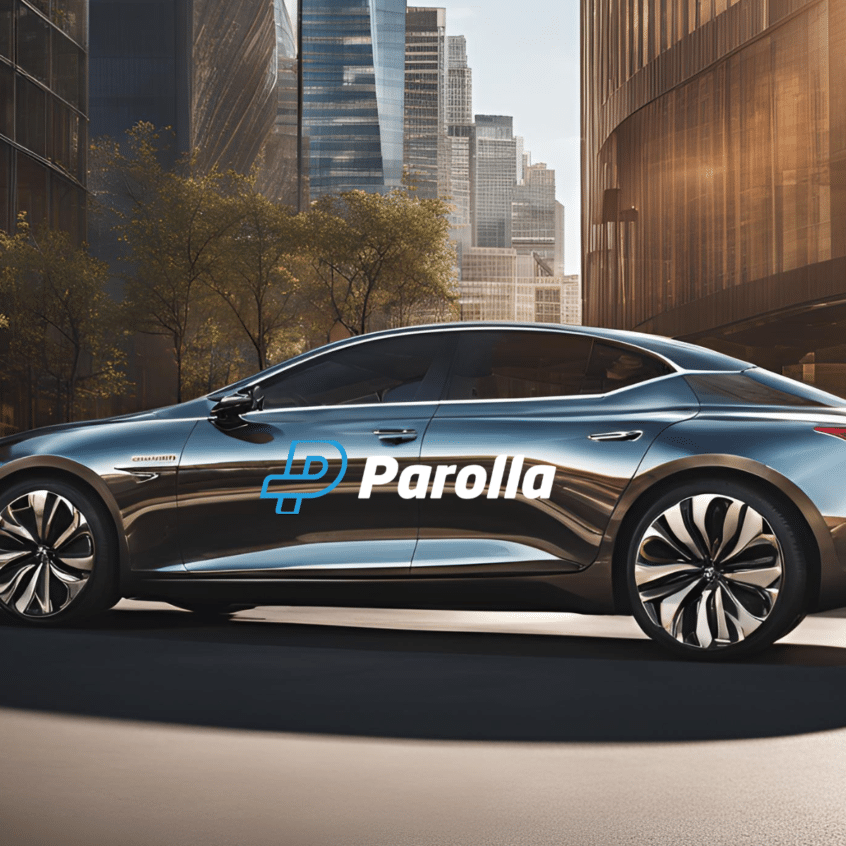As we navigate 2025, it’s crucial for both employers and employees to stay informed about the latest Benefit in Kind (BIK) regulations concerning company vehicles. The government has implemented several changes aimed at promoting environmental sustainability and ensuring equitable taxation.
🔹 Key Changes Effective from 2025:
- CO₂ Emissions-Based BIK Bands: The taxable percentage of a vehicle’s Original Market Value (OMV) is determined by its CO₂ emissions and annual business mileage. Vehicles are categorized from A to E based on their emissions, with Category A representing the lowest emissions (0g/km up to and including 59g/km) and Category E the highest (more than 179g/km). revenue.ie
- OMV Reductions: For 2025, a reduction of €10,000 can be applied to the OMV of cars in Categories A, B, C, and D when calculating the BIK. This reduction is not applicable to cars in Category E.
- Electric Vehicle Incentives: The BIK relief for electric vehicles continues, with a reduction of €35,000 applicable to the OMV for vehicles made available during 2025. This relief is set to taper in subsequent years, decreasing to €20,000 in 2026 and €10,000 in 2027.
- Mileage Bands Adjustment: The lower limit in the highest mileage band has been reduced by 4,000 km to 48,001 km for the years 2023, 2024, and 2025. This adjustment can influence the applicable BIK rate based on the annual business kilometers driven.
- Exemptions for Electric Vehicle Charging: From 1 January 2025, an exemption from BIK applies where an employer provides a charging point for electric vehicles at the employee’s or director’s main private residence, subject to certain conditions.
🔹 Implications:
- For Employers: It’s essential to review your fleet policies to ensure compliance with the updated BIK regulations and to consider the financial implications of providing company vehicles under the new rules.
- For Employees: Understanding how these changes affect your taxable income is crucial, especially if you have the private use of a company vehicle.
💡 Planning Ahead:
- Transition to Low-Emission Vehicles: Opting for vehicles in lower emission categories can result in a lower BIK rate, offering tax advantages.
- Monitor Annual Business Mileage: Keeping accurate records of your business mileage can influence the BIK rate applied, especially with the adjusted mileage bands.
- Stay Informed on EV Incentives: If you’re considering an electric vehicle, be aware of the current incentives and how they are scheduled to change in the coming years.
For detailed information and specific calculations, refer to the official Revenue guidelines on calculating the taxable benefit for employer-provided cars.
To set up your company vehicle benefit in kind on Parolla please refer to our guide.
